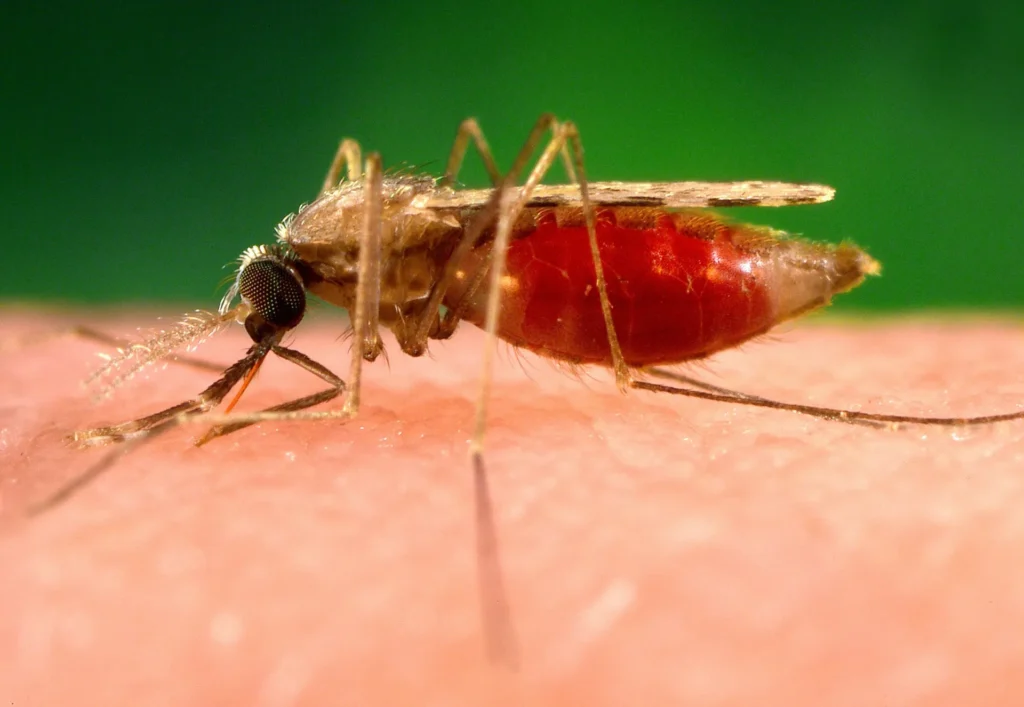
In Malaria World this week there is reference to a study purported to support an increase in the dosage of Primaquine to children with Plasmodium vivax malaria. However, is that the main conclusion that can be taken from the study?
The study, ‘Primaquine for uncomplicated Plasmodium vivax malaria in children younger than 15 years: a systematic review and individual patient data meta-analysis’ by Commons et al published in Lancet Child and Adolescent Health, made two major observations from the 27 studies considered eligible for analysis, the majority of which were carried out in the Asia-Pacific region.
1) Dosing with primaquine and especially higher doses reduced the likelihood of detecting Plasmodia is the blood up to 180 days later. Their analysis suggested that increasing the total dose of primaquine from 3·5 mg/kg to 7 mg/kg would reduce the risk of recurrent Plasmodium vivax parasitaemia by more than 40% in all children and by about 60% in children younger than 5 years.
2) Compared with no primaquine, children treated with any dose of primaquine had a greater risk of serious adverse events and gastrointestinal symptoms on days 5–7 after treatment (those receiving highest dose 146% more likely than no primaquine). And, interestingly, data on adverse events and serious adverse events were only available from six (22%) of the 27 studies.
There is no detail in this meta-analysis of the testing that was carried out for Plasmodia in the included studies. I expect they were mostly RDT results. There is no indication that any of those in whom Plasmodia were detected were otherwise unwell. However, it is quite clear that those who suffered severe side effects of the drug were unwell.
Is this type of study useful discovering what aids health, or a means to justify dispensing of more pharmaceuticals? The study was organised by WorldWide Antimalarial Resistance Network (WWARN) and the authors are funded by Australian National Health and Medical Research Council (NHMRC), the Wellcome Trust, US National Institutes of Health and the US President’s Malaria Initiative (CDC), the Malaysian Ministry of Health, Medicines for Malaria Venture and Bill & Melinda Gates Foundation.








